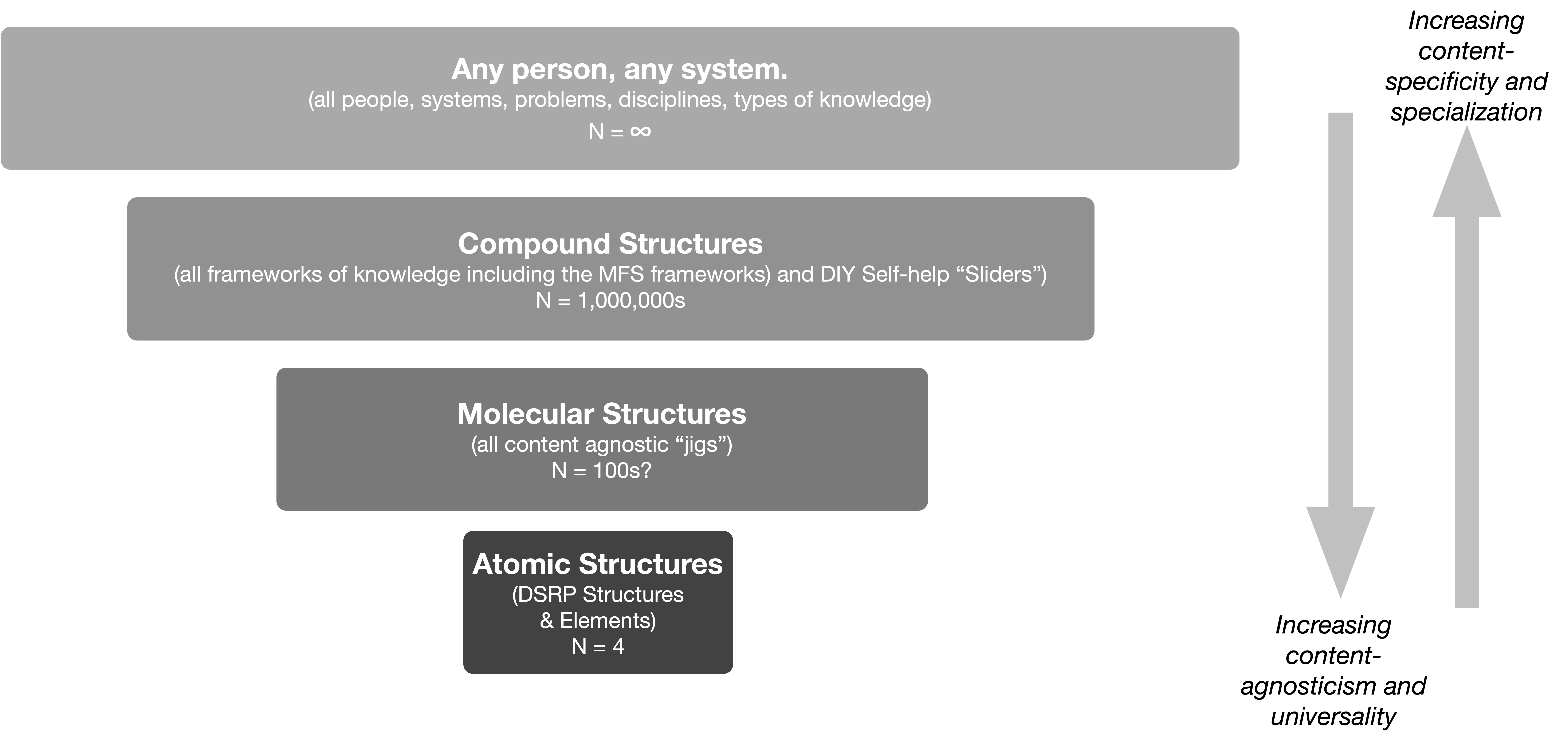Great question. In one sense they are very similar, in another they are quite different.
Great question. In one sense they are very similar, in another they are quite different.
A system archetype is a pattern of behavior seen in particular types of models of systems. But, in order to understand the difference between system archetypes and jigs, one needs a little historical background. System archetypes are derived from the System Dynamics framework developed by Jay Forrester in the mid 1950's. Senge's popularizing book on the topic of System Dynamics, unfortunately gave the general population (especially in the United States) the misguided belief that System Dynamics and Systems Thinking are the same thing, which they are not. Systems Thinking is a much larger an encompassing field of study that includes System Dynamics, whereas System Dynamics is a powerful framework from which to see, understand, and build models of certain types of systems (but is not generally applicable to all types of systems, despite "shoehorning" attempts). Indeed, there are thousands of frameworks, similar to System Dynamics, that are part of Systems Thinking. These frameworks are described historically as being part of "Four Waves of Systems Thinking" [1]

Underlying all of the thousands of concepts and frameworks of Systems Thinking in waves 1-3 are four universal structural patterns: Distinctions, Systems, Relationships, and Perspectives or DSRP. System archetypes are patterns of behavior that are identified by looking at systems through the System Dynamics lens and therefore focus entirely or predominantly on patterns of behavior involving types of feedback systems as defined by System Dynamics. Any of these archetypes can also be described by DSRP dynamics.
In the sense that system archetypes are content agnostic they are similar to jigs because they focus almost entirely on shared structure across systems. That is, one might see a pattern of behavior structurally across two System Dynamics models that is structurally the same even though one model may be describing adoption rates and another may be describing depreciating resources in manufacturing. These two models, while drastically different in their content, are structurally the same and therefore share a system archetype which is content agnostic. In this sense, all system archetypes are jigs [2]. In the image below, System Dynamics would fall within "Compound Frameworks" and its system archetypes would fall either within "Compound Structures" (for those that are overly content-specific) or would be jigs (for those that are truly content-agnostic).

But, in another sense, system archetypes are limited by their parent-framework—System Dynamics—whereas jigs are not. Jigs are content-agnostic repeating structural patterns that, because they are not limited by the particular foci of System Dynamics, are more comprehensive in nature. See Glossary of Known Moves ("Jigs") with descriptions and maps of individual jigs for more about jigs.
-----------------
[1] Cabrera, D., Cabrera, L. and Midgley, G. (2021) The Four Waves of Systems Thinking. In, Routledge Handbook of Systems Thinking, (Eds) Cabrera, D., Cabrera, L. and Midgley, G. Routledge. London, UK.
[2] Slight caveat here in that the System Dynamics framework requires some very specific languaging which makes these archetypes somewhat content-specific—to the degree they are they would be too reliant on information content to be jigs.
